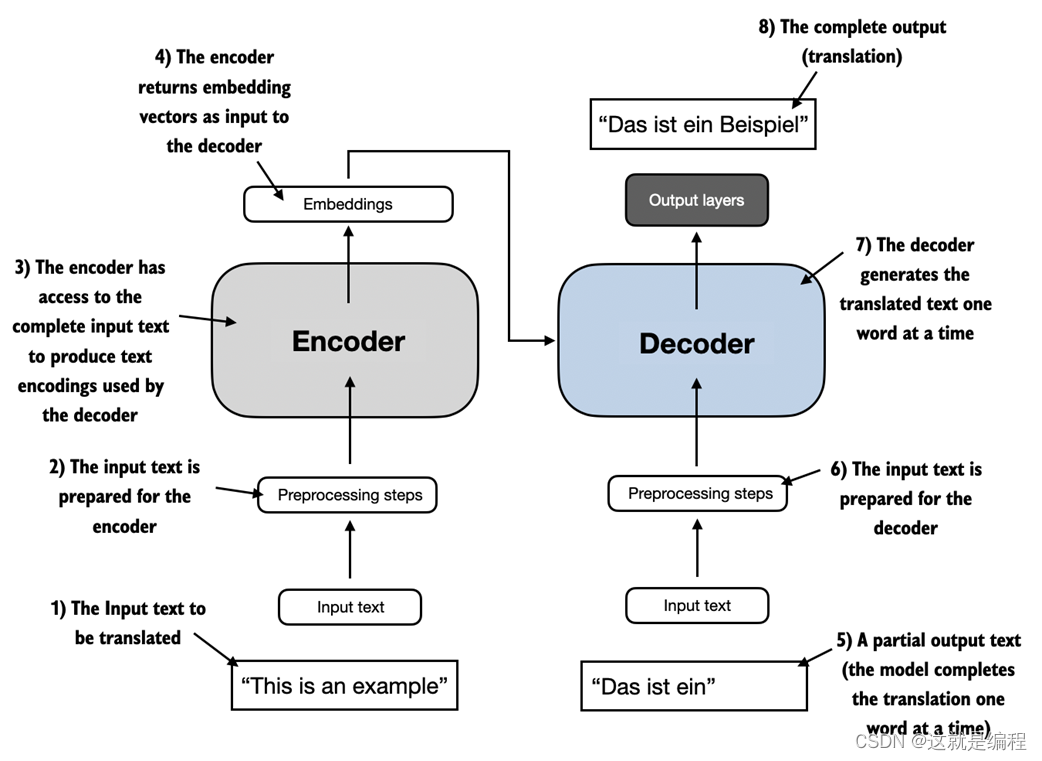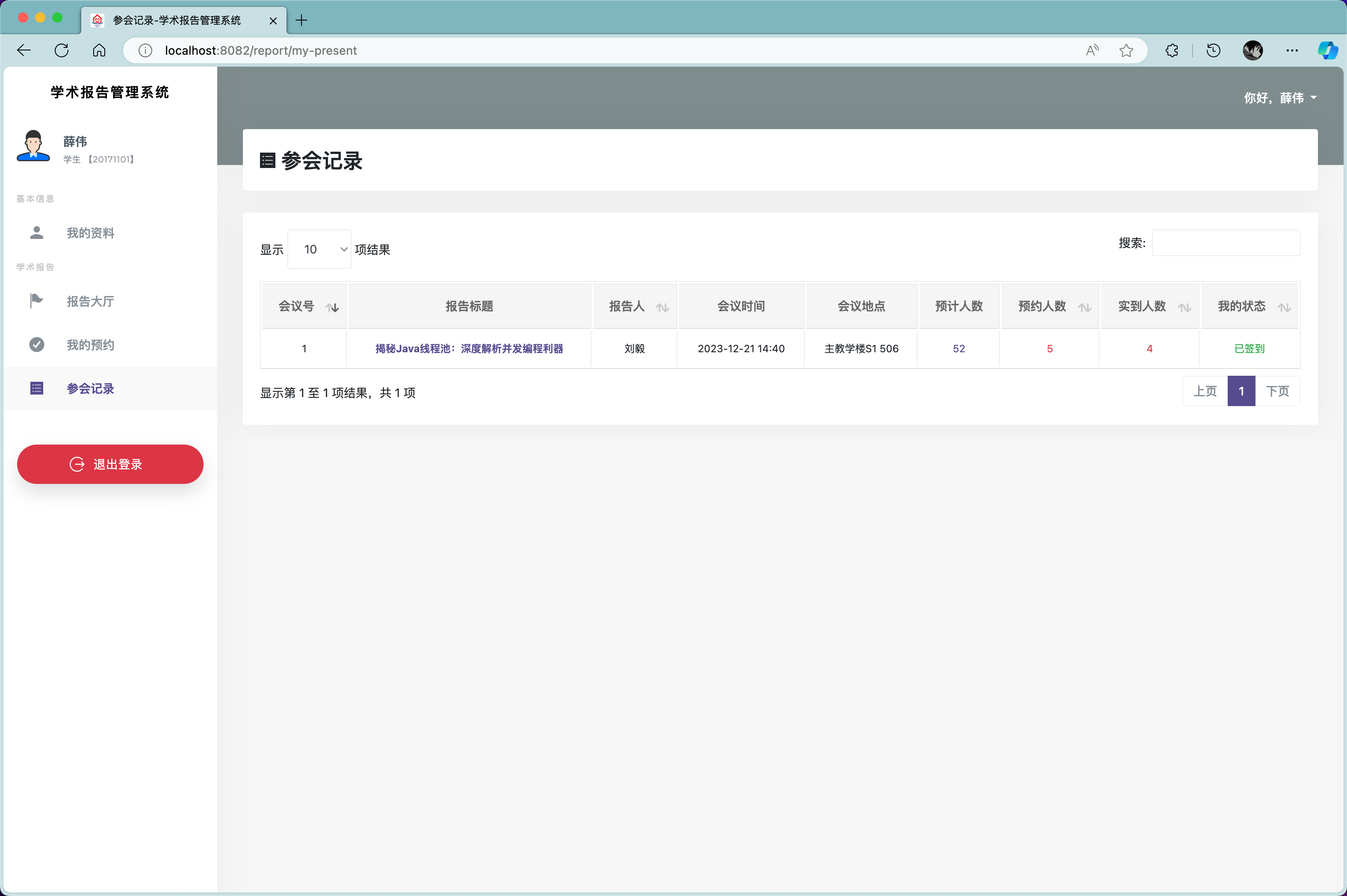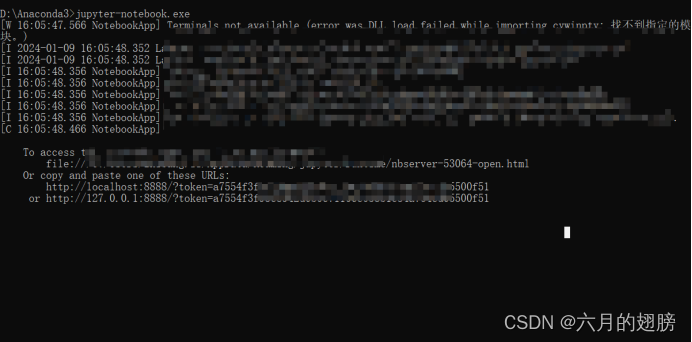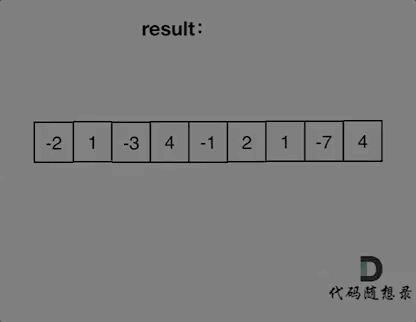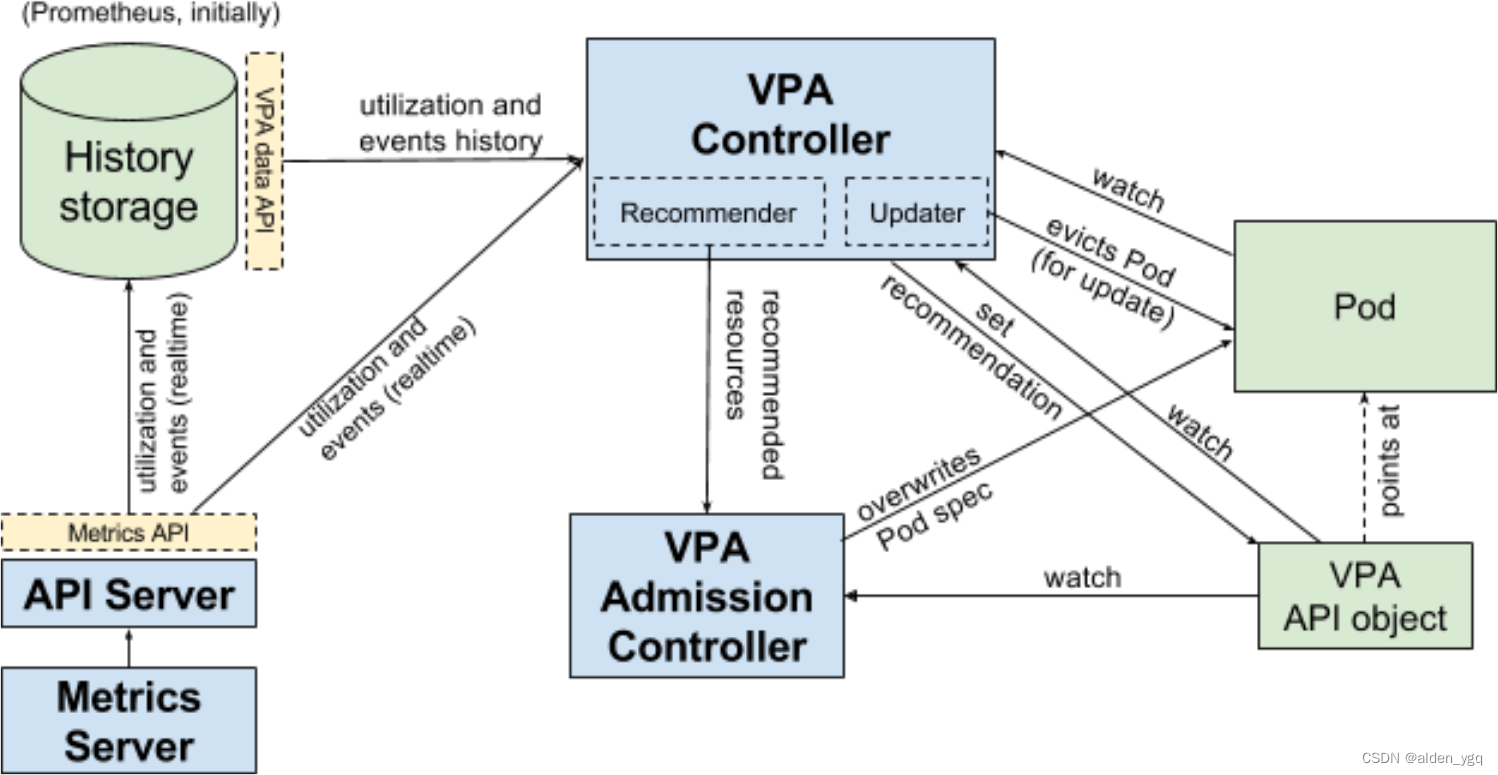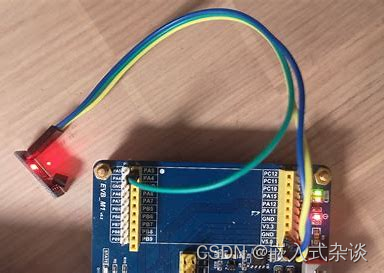404.左叶子之和
给定二叉树的根节点 root ,返回所有左叶子之和。
示例 1:

输入: root = [3,9,20,null,null,15,7] 输出: 24 解释: 在这个二叉树中,有两个左叶子,分别是 9 和 15,所以返回 24
示例 2:
输入: root = [1] 输出: 0
提示:
- 节点数在
[1, 1000]范围内 -1000 <= Node.val <= 1000
思路
不解释递归直接秒
class Solution {
public int sumOfLeftLeaves(TreeNode root) {
if(root==null){
return 0;
}
if (root.left!=null&&root.left.left==null&&root.left.right==null){
//这里需要注意一下也要递归右子树
return root.left.val+sumOfLeftLeaves(root.right);
}
return sumOfLeftLeaves(root.left)+sumOfLeftLeaves(root.right);
}
}广搜解法就是普通的层序遍历,但我个人不喜欢广搜法,写起来比较麻烦。
class Solution {
public int sumOfLeftLeaves(TreeNode root) {
if(root==null){
return 0;
}
Queue<TreeNode> queue=new LinkedList<TreeNode>();
queue.offer(root);
int ans=0;
while(!queue.isEmpty()){
TreeNode node=queue.poll();
if(node.left!=null) {
if (isLeafNode(node.left)) {
ans += node.left.val;
} else {
queue.offer(node.left);
}
}
if (node.right != null) {
if(!isLeafNode(node.right)){
queue.offer(node.right);
}
}
}
return ans;
}
public boolean isLeafNode(TreeNode node){
return node.left==null&&node.right==null;
}
}总结
碰到二叉树类的题目,首先往深搜和广搜两个思路去想,遍历的时候也不要公式做题,多变变思路。
